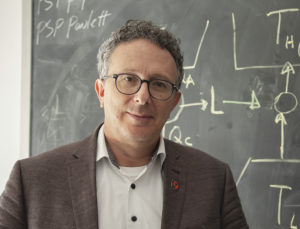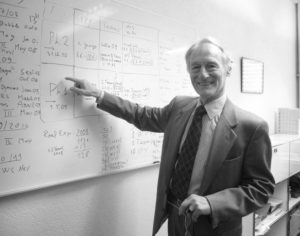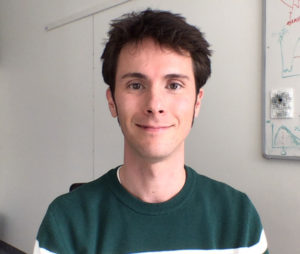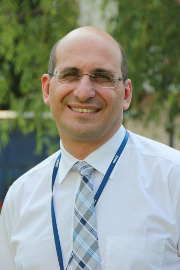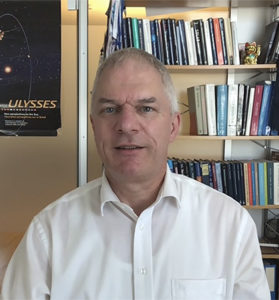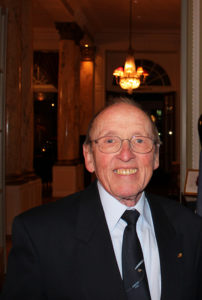The Board of Trustees of the International Space Science Institute (ISSI) has elected Dr. Antonella Nota from Baltimore, USA, to head the Institute as its new Executive Director as of January 1, 2023.
Antonella Nota will succeed Professor Tilman Spohn, who finishes his term as ISSI Executive Director on December 31, 2022. We are grateful to Tilman Spohn who has successfully steered ISSI through the difficult years of the Covid pandemic and has recently led the process of resuming all ISSI scientific activities.
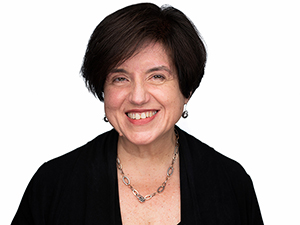
A native of Venice, Italy, Antonella Nota completed her university studies in Astronomy at the University of Padua, Italy. She moved in 1986 to Baltimore, to work at the Space Telescope Science Institute (STScI) with a European Space Agency (ESA) contract. She remained at STScI as ESA staff until her retirement. Over more than three decades, she accumulated a rare experience in the scientific leadership and technical management of space science missions. Among other responsibilities, Antonella Nota was the Head of the ESA Office at STScI, as well as the ESA Project Scientist for both the Hubble and the James Webb Space Telescope, until May 2022, when she retired from ESA. As ESA Project Scientist for these two missions, Antonella Nota was responsible for science policies, interface with the scientific community, and outreach efforts in Europe.
Antonella Nota’s scientific interests are in the areas of stellar evolution, massive stars, and young clusters formation and evolution. She has published more than 200 papers in astronomical journals and conference proceedings. She has a passion for connecting science and art in the effort to broaden public interest in science, and she has collaborated with artists and curators on a number of high-visibility exhibits and grand installations. She has supervised a large number of graduate students and post-docs, and she is a staunch advocate for representation of women and minorities in astronomy. She is a member of several professional astronomical societies, including the American Astronomical Society (AAS), the International Astronomical Union (IAU), and the Istituto Veneto di Scienze, Lettere & Arti (IVSLA). In 2022, Antonella Nota received the NASA Exceptional Public Service Medal for her contributions to the international advancement and celebrations of the Hubble Space Telescope.
Georges Meylan
Chair of the Board of Trustees
International Space Science Institute ISSI
Announcement New ISSI Executive Director Antonella Nota (pdf) >>

